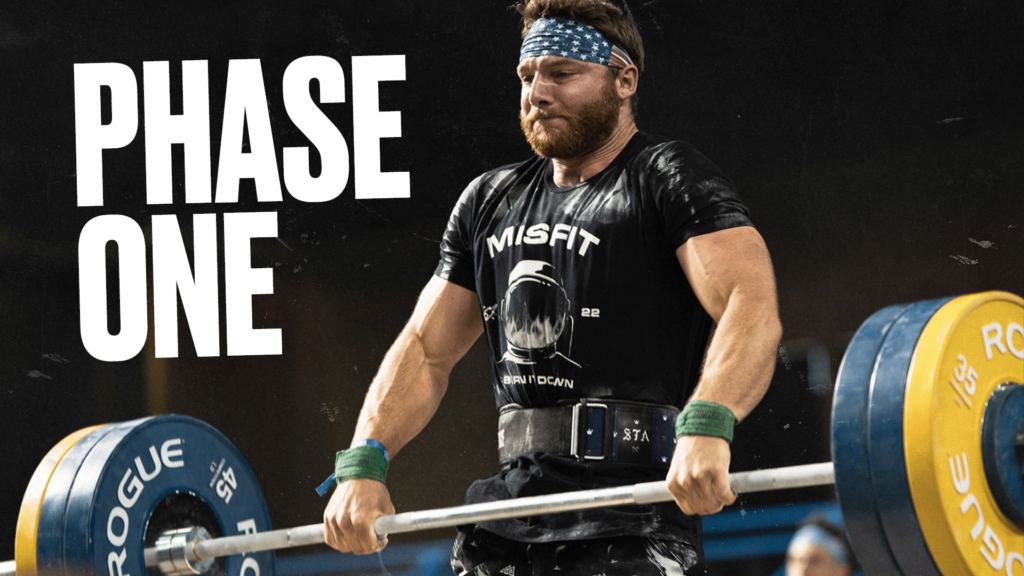Our workout descriptions have come a long way. While there is certainly a time and place for a written pep talk or more detailed description of what we’re looking for, more often than not the most useful and applicable information comes down to three basic questions:
-
What is the approximate time domain of the workout? (Duration)
-
How should I feel during/after the workout? (Feel)
-
What pacing strategy/approach should I use to get the desired stimulus? (Pacing)
Given these three criteria, we believe that you’ll be able to see how the written workout would yield the desired stimulus and/or give you enough information to modify the workout and achieve what we want. You’ll notice that in lieu of descriptions, there are three elements that describe the workout: Duration, Feel, and Pacing. Within those elements we will have a few unique terms, all of which have very specific definitions that we’ve addressed below. We will still provide notes when we want a training piece executed a certain way, but the three bits below are plenty to get you started.
Duration
Intended time frame for completed work to fall in, minus determined rest periods.
-
Short: 0-10 Minutes
-
Medium: 8-16 Minutes
-
Long: 17-60+ Minutes
Feel
The intended stimulus of the workout.
-
Cardio: workout written to allow for smooth unbroken movements and fast transitions. Weights and rep schemes allow for continuous movement with the limiting factor being how hard you can push without having to stop.
-
Gas: workout written to intentionally to push your heart rate out of a comfortable range, forcing you to stop at some point. Strategy is very individual-dependent and will vary workout to workout, but this type of workout is aimed at trying to stop you with cardiovascular overload. This is akin to feeling like you got the wind knocked out of you and have to regain your breath.
-
Muscular Overload: workout intentionally written to create overloaded areas of musculature with specific sets of movements. The workout is aimed at trying to stop you with extreme muscular fatigue.
Pacing
The intended overall pace at which you move through the workout.
-
Forever: The pace at which you could perform the workout if it was an hour long AMRAP or long endurance event.
-
Sustain: Considering the total volume of the workout, the pace that you could stay at for the entire duration of the workout whether it is a continuous effort or not.
-
Reach: Considering the total volume of the workout, a faster pace than you would normally perform if it at if it was straight through or an interval style workout. For example, if the workout was: 3 rounds of 10 Clean and Jerks at 165/115lbs with a 1:00 rest after each set, a “Reach” pace indicates we want you to perform those sets of 10 at a faster pace than if the workout were simply 30 Clean and Jerks For Time.
-
Send: Reckless pacing aimed at improving your highest outputs. Do not consider total volume of the workout, only the volume of the task you are performing while you are performing it. Send it.



